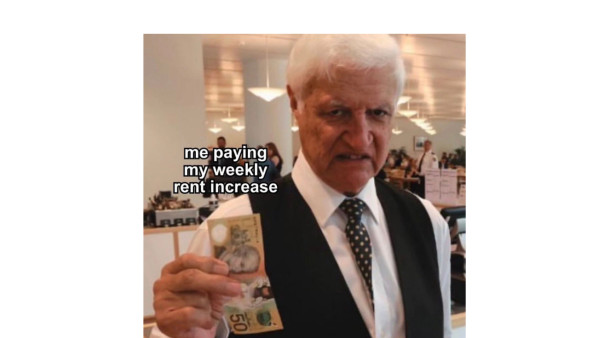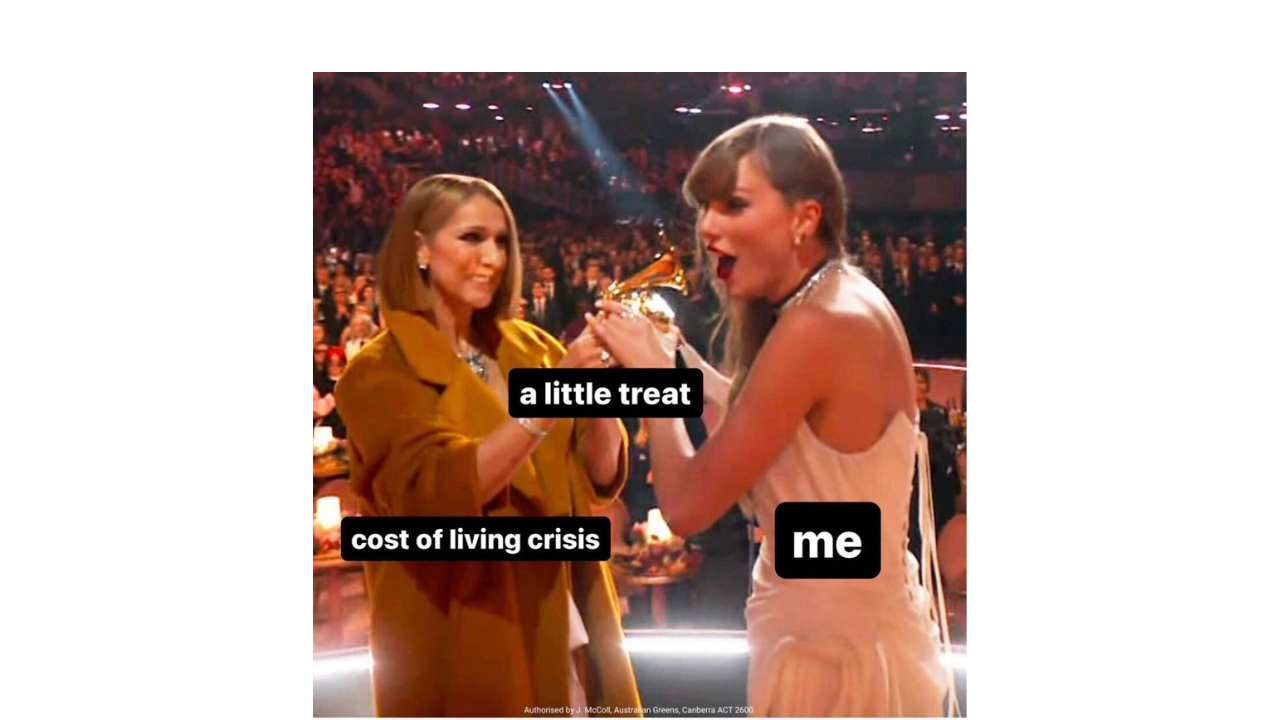Australian rental crisis – why is it so hard to find a rental right now?
Tuesday February 27 2024
In case you’ve been living under a rock (in which case, this article is definitely for you) Australia’s rental crisis is in full swing and isn’t going anywhere. But why does it feel harder to find a rental right now than three months ago?

The answer my friends, is two lil easy words – PEAK SEASON.
In a normal year (pre covid, pre rental crisis, pre-wars), January and February were peak rental season, meaning it was always chockers at this time of year. Why ?
The start of the year brings a lot of “new year, new me” vibes with many sharers in search of a fresh start and lots of movement across the country. Uni semester kicks off with a lot of domestic and international students hoping to secure a place before term begins, many migrant workers and backpackers arrive in Australian summer to escape the northern hemisphere’s winter. Stacks of leases are renewed at this time of year which adds to the demand as well as lots of people starting new jobs are wanting to move somewhere closer to work.
TL;DR lots of people normally move at the start of the year. Now add a rental and cost of living crisis to the fold and it’s harder than ever for people to find a place to live.
5 reasons why is there a rental crisis in Australia
The answer ain’t simple. We break down the main reasons causing the housing crisis in Australia below.
1. More owner-occupied homes = less rentals on the market
During the pandemic, a stack of investors sold their rental properties and the majority of these houses became owner-occupied.
The girl math version of this is that there’s less rental properties available in Australia than there was pre-pandemic as more first homeowners have bought these properties, taken them off the rental market and are living in them themselves.
 Source: Australian Greens
Source: Australian Greens
2. More domestic and international migration
One major factor contributing to the rental crisis is the increasing population in Australia’s major cities. As more people move to urban areas, demand for housing has skyrocketed, causing prices to rise. This ain’t just international migration – domestic migration is up as well, as more people are returning to capital cities for back-to-office mandates now that lockdowns are a thing of the past (thank god).
3. Interest rates
For many homeowners, the past few years have been difficult with 13 rate rises in the past 15 months – increasing the amount they owe on their mortgage. This means more money needs to be paid back in interest each month by landlords which means less cash in their pocket.
For this reason, many investors have sold their investment properties = less properties on the rental market as we’ve mentioned above. For other landlords, they have increased the rent on their properties, to try and offset these rises. But this has often flowed over to renters, who are now paying more rent per week. Many renters have then had to move out as they can no longer afford the rent on their home, adding even more property seekers to the market and increasing demand.
 Source: Australian Greens
Source: Australian Greens
4. Lack of building supplies
At the same time, Australia has seen a real decline in new building stock – there was an insufficient number of houses built pre pandemic and now not only are we playing catch up for those years, but we also need more rentals and affordable housing built all over the country stat. Adding to this problem is that a lot of our building supplies are manufactured in China, which have also been delayed in arriving here. This is due to ongoing politically tension between the two nations and war, which is driving the cost of fuel up. Which brings us to our next point.
5. Wars driving up the price of fuel
It might seem strange that two wars on the other side of the word (the War in Ukraine and the War in Gaza) are affecting the cost of living here. When wars occur, there is an increased demand for fuel in those areas and this demand drives up the fuel price all over the world. This affects everything – from the truck and trains that are carrying your groceries, meaning groceries go up, to the ship bringing over your latest Shein purchase (and girl that shit is nasty, you deserve the delay!) to the fuel going into your car.
4 things that could help fix the rental crisis in Australia
There isn’t one solution and none of these are quick fixes. While we wait for the governments and powers that be to pull through there are others ways to reduce your cost of living.
1. Build more properties and affordable housing
The solution to the rental crisis is supply – we need more properties to be built to be able to home everybody who needs a place to live.
We need the government and powers that be to invest in more affordable housing options, including public and social housing. This would help to increase the supply of rental properties and provide more affordable options for renters.
2. Share accommodation
Share accommodation is a long term and legitimate way to live for many Australians and is becoming more and more popular amongst surprising demographics – the fastest growing demographic on Flatmates is members over the age of 55.
 Source: Australian Greens
Source: Australian Greens
Building properties takes time and as an interim solution, Flatmates is calling on homeowners with the 12 million spare bedrooms across the country to list these spare rooms, to take pressure off the rental market and help everyday Aussies find a place to live.
3. Incentives for landlords to pick long term rentals over short term
Another potential solution is to increase incentives for landlords to rent out their properties to long-term tenants. This could include tax breaks or other financial incentives that make it more attractive to rent out a property on a long-term basis, such as the UK’s Rent a Room Scheme. It could also involve tightening regulations around short-term and holiday rentals to discourage landlords from choosing this option over long-term renting.
4. Subsidies for low income earners and young people
Finally, there needs to be a greater focus on increasing affordable housing options for young people, who are often the most affected by the rental crisis. We know that 80% of our audience are in share accomodation due to financial reasons and 50% of our community are in share accommodation purely because they cannot afford to rent alone. Our community needs government support via way of rent control measures or subsidies for low-income renters.
